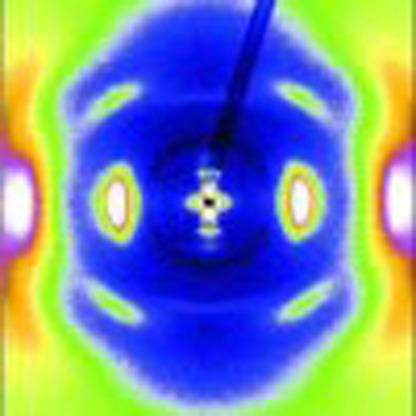- Record: found
- Abstract: found
- Article: found
Osmotic pressure induced tensile forces in tendon collagen

Read this article at
Abstract
Water is an important component of collagen in tendons, but its role for the function of this load-carrying protein structure is poorly understood. Here we use a combination of multi-scale experimentation and computation to show that water is an integral part of the collagen molecule, which changes conformation upon water removal. The consequence is a shortening of the molecule that translates into tensile stresses in the range of several to almost 100 MPa, largely surpassing those of about 0.3 MPa generated by contractile muscles. Although a complete drying of collagen would be relevant for technical applications, such as the fabrication of leather or parchment, stresses comparable to muscle contraction already occur at small osmotic pressures common in biological environments. We suggest, therefore, that water-generated tensile stresses may play a role in living collagen-based materials such as tendon or bone.
Abstract
 Water is an important component of collagen in tendons, bone and extracellular matrix,
but its role in the mechanical function of protein is poorly understood. Here, the
authors study the effects of osmotic pressure on contraction in collagen, suggesting
that collagen could function as a mechanical actuator.
Water is an important component of collagen in tendons, bone and extracellular matrix,
but its role in the mechanical function of protein is poorly understood. Here, the
authors study the effects of osmotic pressure on contraction in collagen, suggesting
that collagen could function as a mechanical actuator.
Related collections
Most cited references41
- Record: found
- Abstract: not found
- Article: not found
Nature’s hierarchical materials
- Record: found
- Abstract: not found
- Article: not found
The variation in isometric tension with sarcomere length in vertebrate muscle fibres
- Record: found
- Abstract: found
- Article: not found